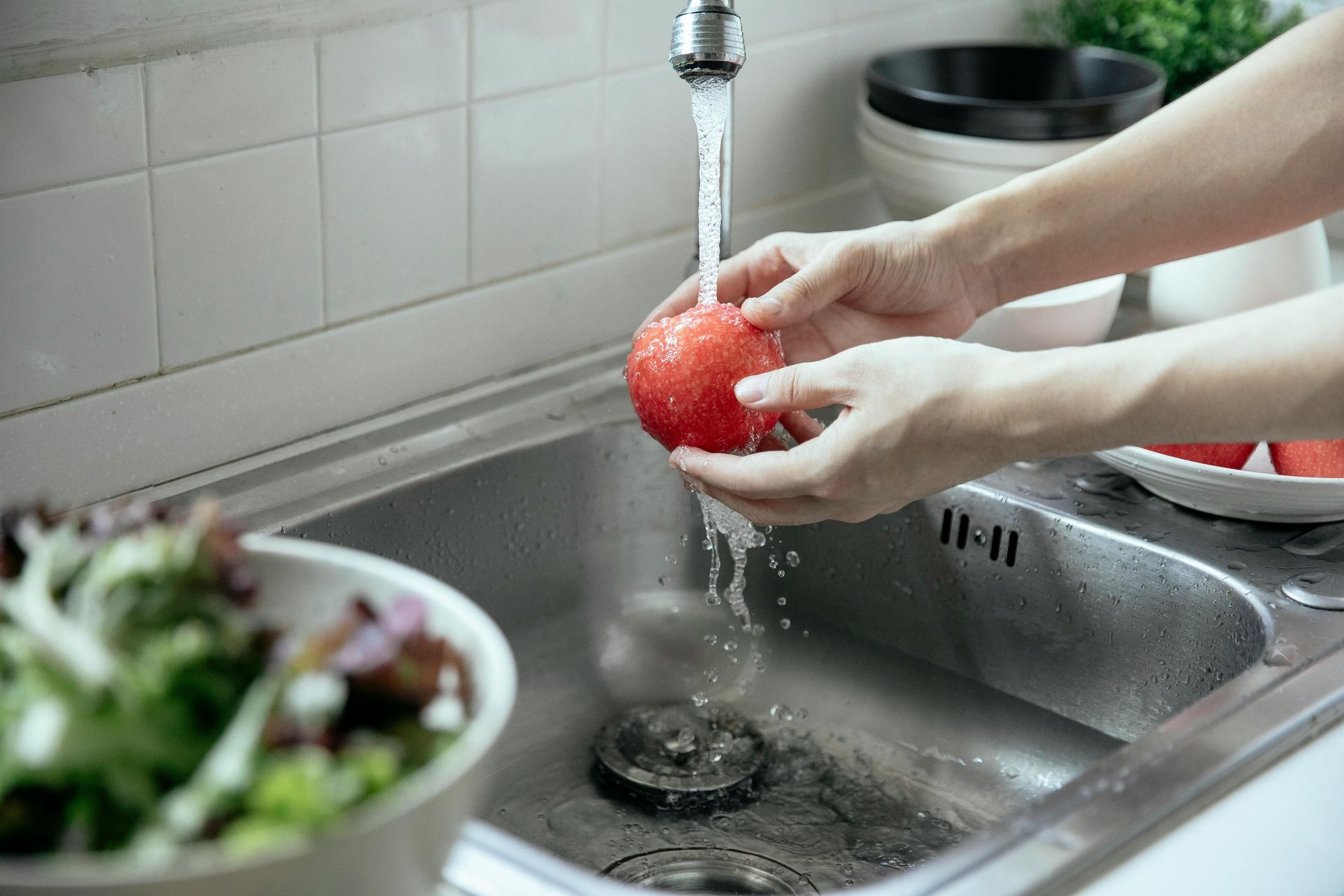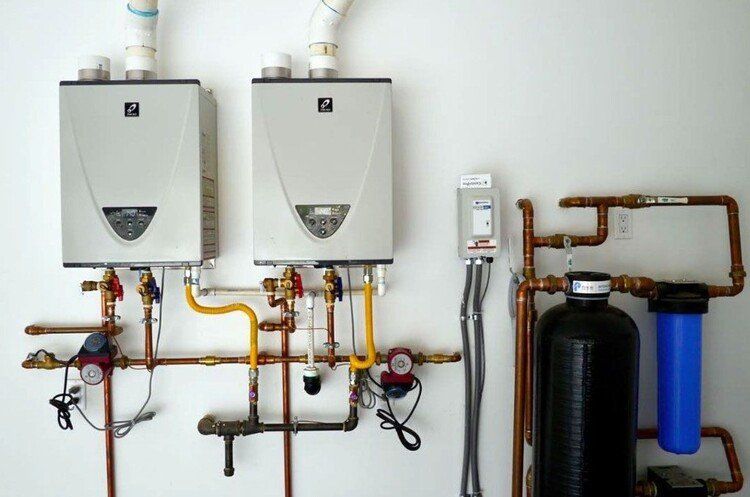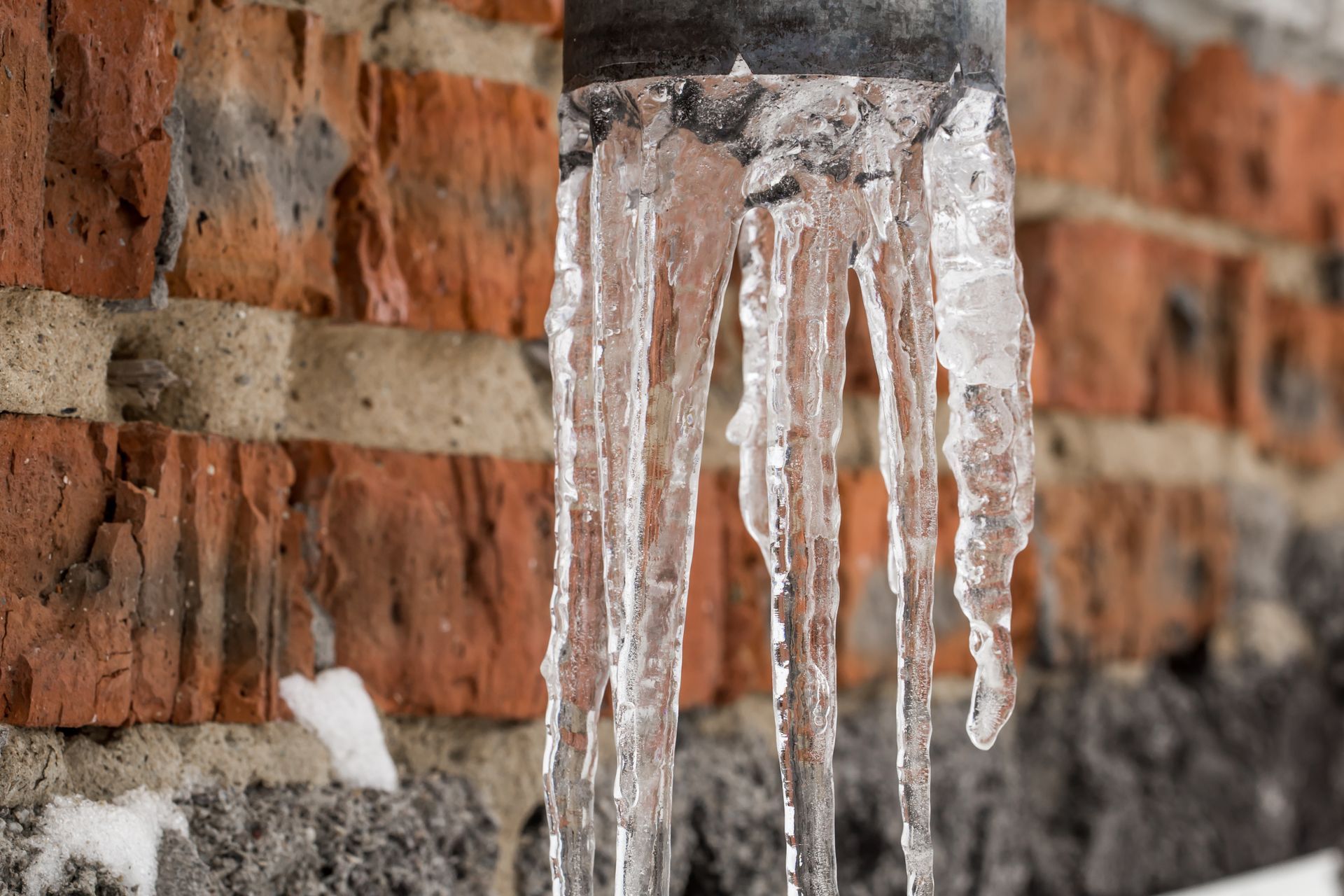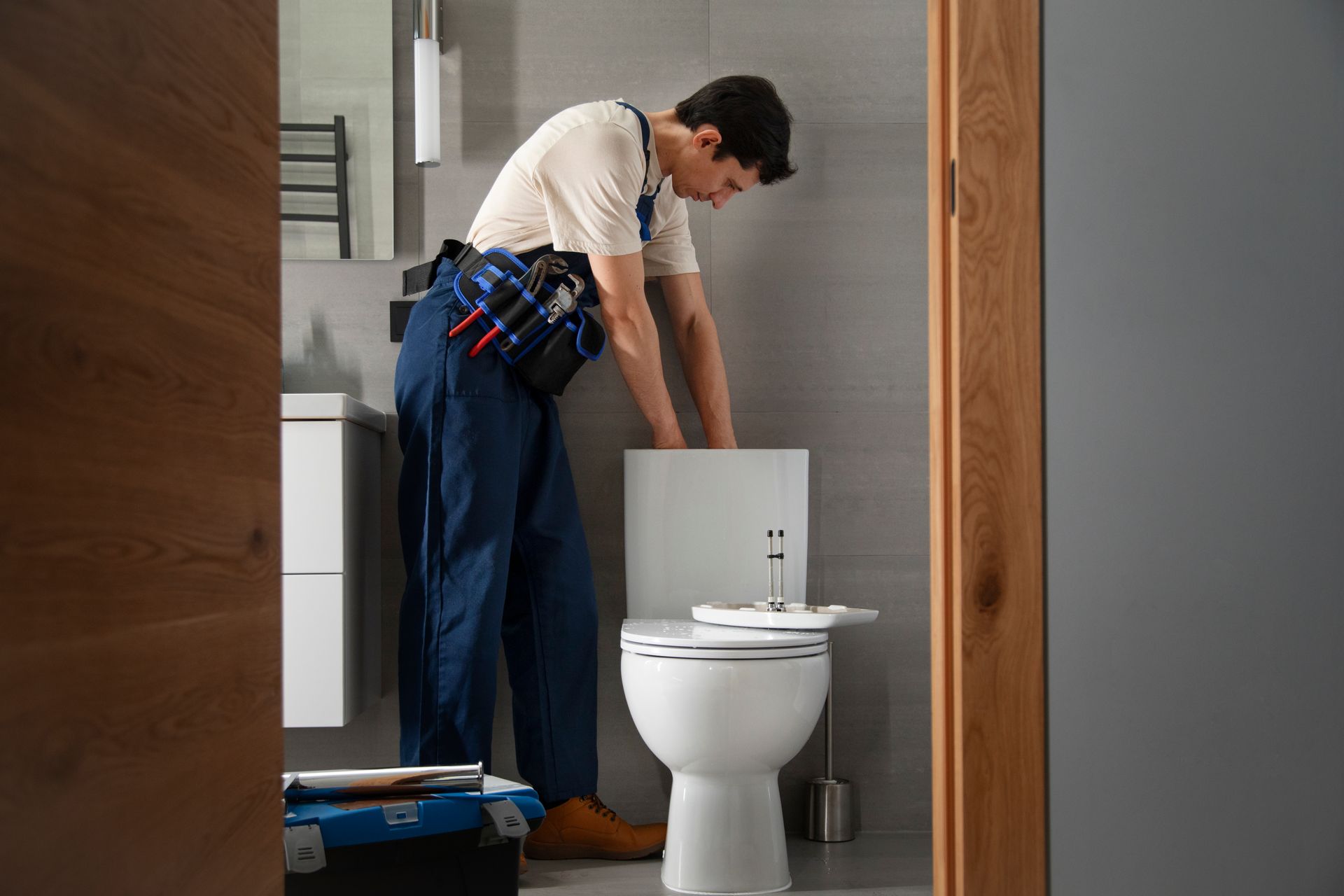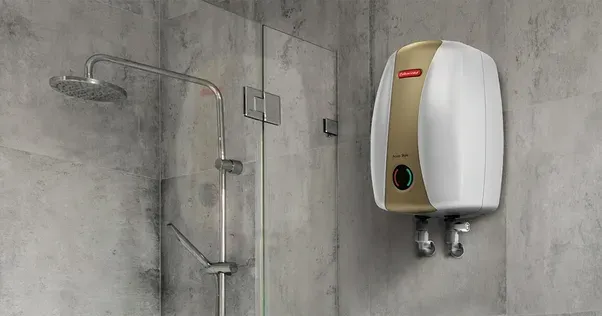How to Fix a Leaky Outdoor Sprinkler System Connection?
Outdoor sprinkler systems are essential for keeping your lawn and garden lush and healthy. However, a leaky connection in your sprinkler system can lead to water wastage, uneven watering, and potential damage to your landscaping and underground plumbing. Properly diagnosing and fixing leaks ensures your irrigation system operates efficiently and prevents costly damage. This comprehensive guide walks you through how to fix a leaky outdoor sprinkler system connection with professional insights, including considerations related to plumbing tasks like replacing a broken shower arm or addressing major works such as sewer line replacement. Guidance from experts like All City Plumbers helps demonstrate best practices for long-lasting repairs.
Understanding Your Outdoor Sprinkler System and Common Leak Causes
An outdoor sprinkler system consists of various components including sprinkler heads, risers, valves, underground water lines, and fittings that connect these parts. The connections between irrigation pipes and sprinkler heads or risers are common points for leaks due to ground movement, pressure changes, wear and tear, or damage from lawn equipment.
Typical causes of leaks at sprinkler system connections include:
- Loose or damaged fittings: Over time, fittings connecting pipes can loosen or crack.
- Cracked or broken pipes: Underground pipes can develop splits due to freezing, shifting soil, or mechanical damage.
- Worn sprinkler risers or heads: The riser or sprinkler head housings may have cracks or broken seals.
- Faulty or corroded valves: Valves control water flow and leaks can develop from worn seals or components.
- High water pressure: Excess pressure stresses system connections and accelerates wear.
Identifying the precise leak location is critical before starting repair to avoid unnecessary excavation or damage.
Tools and Materials You’ll Need
To effectively repair a leaky sprinkler connection, gather the following tools and materials:
- Shovel (preferably a hand trowel for digging around pipes)
- Adjustable wrench or pliers
- Pipe cutter or fine-tooth hacksaw
- Replacement sprinkler collars, risers, or fittings compatible with your system
- PVC or polyethylene pipe sections and couplings (as needed)
- Teflon tape or pipe thread sealant
- Towels to dry components during repair
- Safety gloves and eye protection
Having the right tools and materials on hand allows for smoother, safer repairs and professional-quality results.
Step-by-Step Guide to Fixing a Leaky Sprinkler System Connection
1. Shut Off the Water Supply
Before any repair, turn off your sprinkler system’s water supply to prevent further leaks or flooding. This may be a main irrigation valve near your water source or a specific zone valve controlling the affected area.
2. Locate and Expose the Leak
Turn your sprinkler system on briefly at low pressure to observe where the water is escaping. Leaks at connections can appear as wet spots on the lawn, water bubbling under the surface, or dripping from fittings.
Use a small shovel or garden trowel to carefully remove grass and soil around the suspected leak. Dig enough to fully expose the leaking connection or damaged pipe while preserving the removed soil and sod for later replacement.
3. Assess the Damaged Area
Inspect the leaking component closely. Check if the leak stems from:
- A loose threaded fitting that can be tightened or resealed
- A cracked riser or broken sprinkler head needing replacement
- A cracked or severed pipe section requiring cutting out and replacement
- A damaged valve or seal needing professional attention
This assessment determines whether you can fix the issue yourself or should seek expert help.
4. Repair or Replace the Damaged Connection
- Tightening and Sealing: If the leak is from loose threads on a fitting or riser, unscrew the fitting, clean the threads carefully, then reapply Teflon tape or pipe thread sealant before tightening securely. Avoid overtightening as this can cause cracks.
- Replacing a Sprinkler Riser or Head: Unscrew the old riser or sprinkler head completely. Wrap Teflon tape on the threaded pipe, then screw on a replacement part compatible with your system. Hand-tighten and then use a wrench for a final secure fit.
- Cutting and Replacing Pipe Sections: For leaks in underground polyethylene or PVC pipe, use a pipe cutter or hacksaw to remove the damaged section, making clean, straight cuts. For PVC, clean the pipe ends and apply primer and solvent cement to connect replacement pipe pieces and couplings firmly. For polyethylene pipe, use compression or barbed fittings designed for irrigation systems. Band clamps can sometimes temporarily secure small splits but replacement is preferred for longevity.
- Valve or Complex Repairs: Leaks in valves or more complex fittings may require specialized replacement parts or expert diagnosis, especially if threaded connections are corroded or leaking internally.
5. Test the Repair
Turn the water supply back on slowly and observe the repaired connection closely for leaks. Check for steady water flow and confirm the lawn or garden area is watering evenly. If leaks persist, reassess the repair or consult a professional plumber.
Important Considerations: Relating to Broader Plumbing Maintenance
While fixing a sprinkler system leak primarily involves irrigation plumbing, it is useful to be aware of the importance of professional plumbing in maintaining home water systems. For example:
- All City Plumbers often handle complex jobs like replacing a broken shower arm or undertaking sewer line replacement—both require precision cutting, sealing, and connection skills akin to sprinkler repairs.
- Proper irrigation system care can help prevent excess water infiltration into soil that might affect underground plumbing lines or cause erosion damaging sewer lines.
- Regular landscaping and irrigation system inspections can prevent small leaks from escalating, similar to regular drain clearing that keeps household plumbing flowing smoothly.
Taking a holistic approach to your home’s plumbing and irrigation maintenance saves time and money in the long run.
When to Call Professionals Like All City Plumbers or Emergency Services
DIY sprinkler connection repairs are feasible for minor issues, but it is prudent to contact professionals when:
- You encounter complex underground pipe leaks or require sewer line replacement.
- Damage involves critical water supply or irrigation valves.
- Trying to replace components you are unfamiliar with risks causing further damage.
- The leak continues despite your attempts or causes significant water pooling or soil erosion.
- You need help excavating near delicate plumbing or electrical lines.
Professional plumbing companies like All City Plumbers offer expert irrigation repair services alongside household plumbing interventions. They also provide emergency services for urgent leaks threatening property damage.
Conclusion
Fixing a leaky outdoor sprinkler system connection involves careful diagnosis, excavation, and precise repairs to pipes, risers, or fittings. By following systematic steps—shutting off water, locating the leak, repairing with suitable parts, and testing thoroughly—you can restore proper function, save water, and protect your landscaping investment.
Remember to factor in the expertise required for more intricate plumbing tasks, such as replacing a broken shower arm or extensive sewer line replacement, and call trusted professionals like All City Plumbers when needed. Their skilled service ensures your irrigation and home plumbing systems remain leak-free and efficient for years to come.

